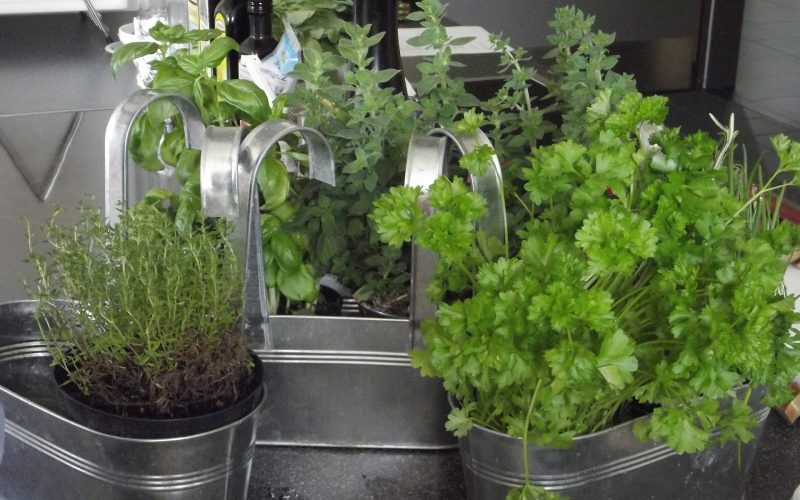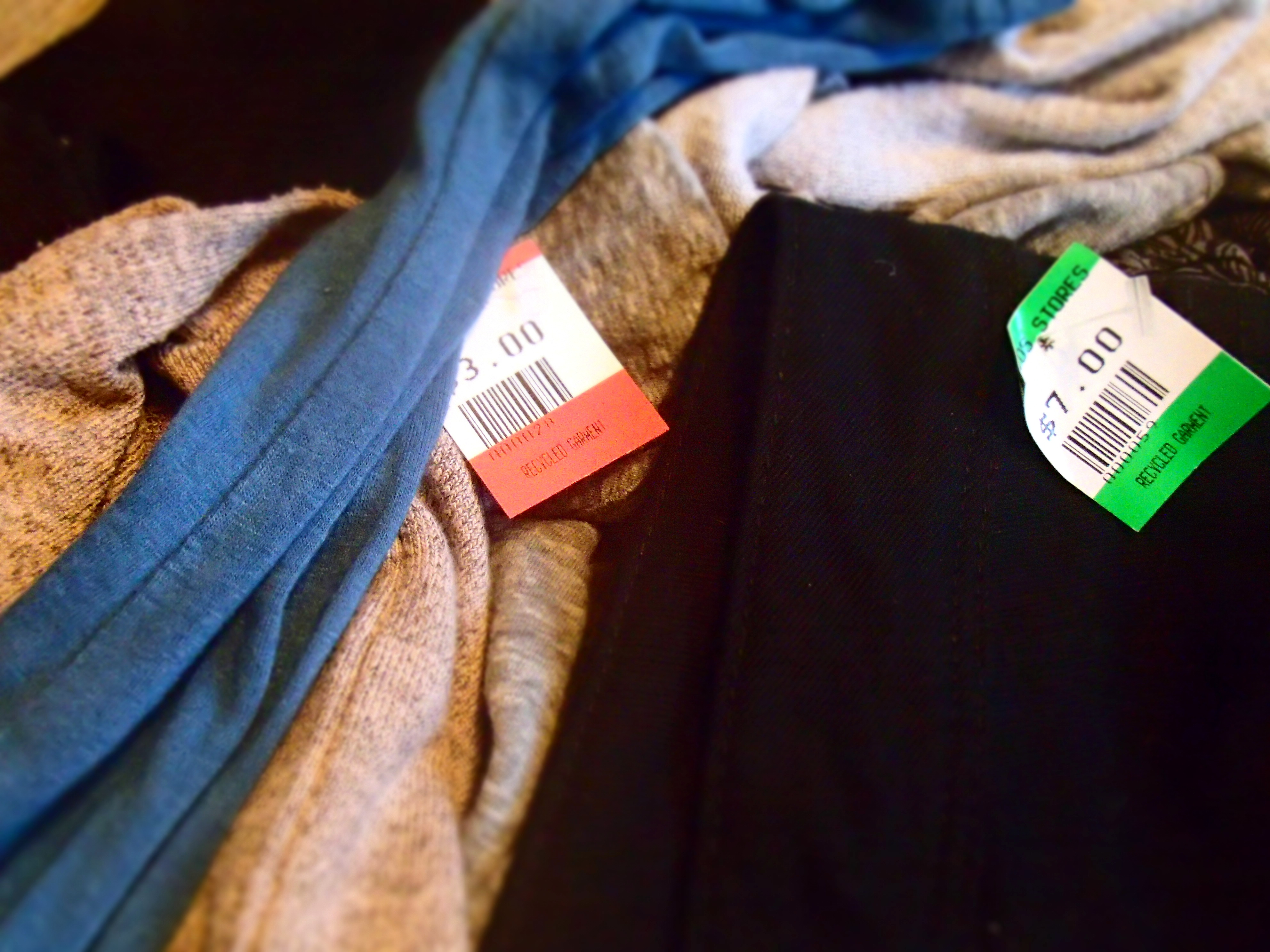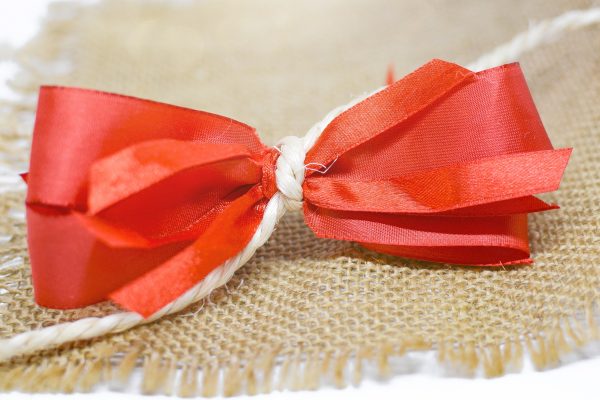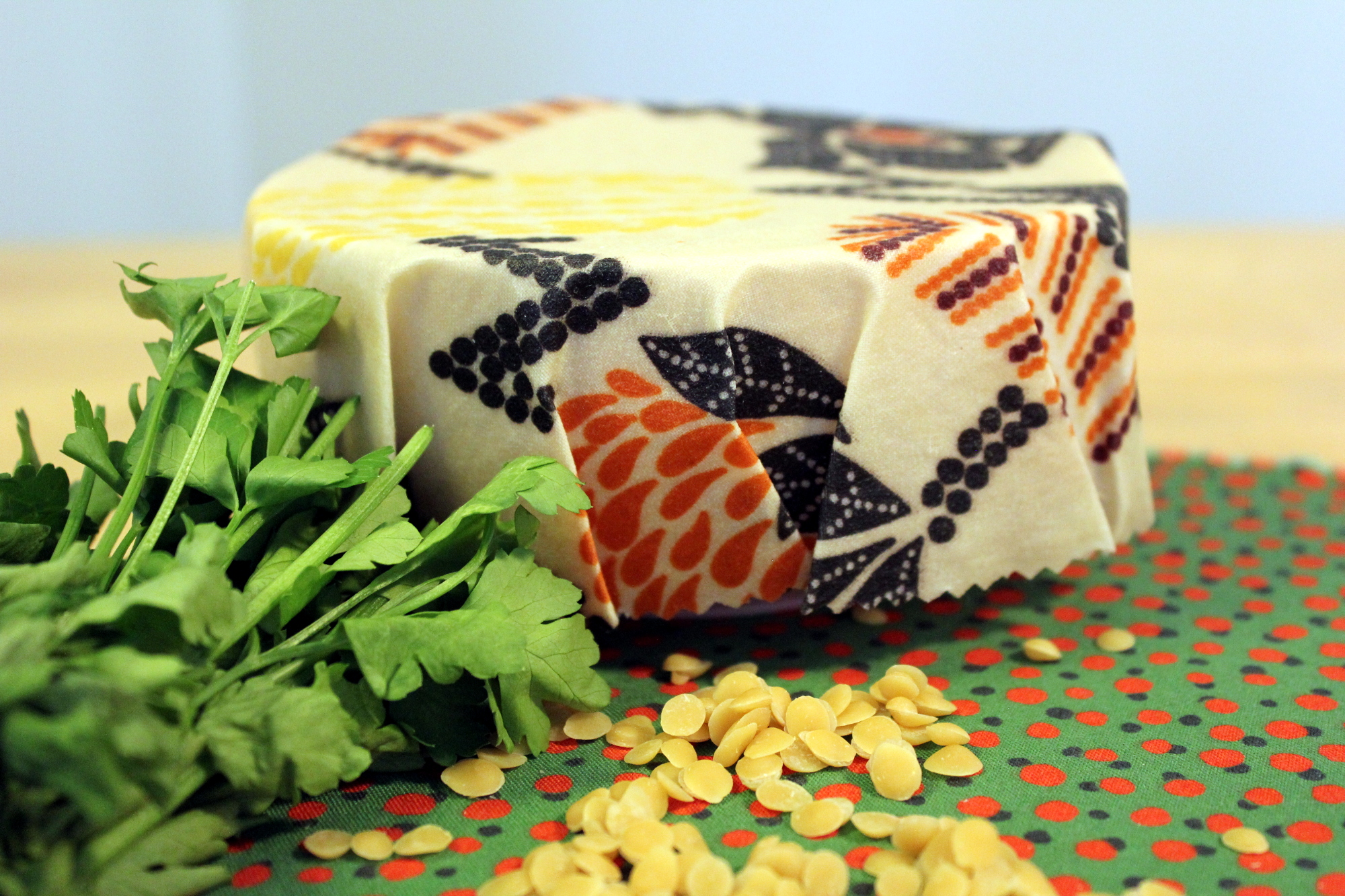As the temperatures are slowly rising here, I got into gardening on the weekend and gave my little backyard some much-needed attention. Unfortunately, one part of that attention was dedicated to farewelling most of our herbs. They just hadn’t managed to keep going due to our dry (yet warm) winter.
Now, I know that not all herbs need constant watering. Our rosemary for example still looks decent. But I wanted to do some research into what herbs are best planted in our place. Here are the results, which are subjective and tailored to my space and taste.
Basics of herb gardening
Herbs are probably one of the easiest plants to grow. They don’t mind small spaces and grow indoors just as well as outdoors. Potted herbs are just as nice as those grown in garden beds. So, there is no excuse when it comes to space for not growing herbs.
If you’re starting to grow herbs outside, spring is the best time to do so. Choose a sunny yet sheltered spot, to begin with. Most herbs also need good drainage so make sure nothing restricts water from exiting the soil.
Most herbs can be bought at a garden centre as small plants. There are some herbs however which do not like re-potting (dill, for example) and will have to be bought as seeds.
The best time to start planting is in the morning or early evening when the sun is not too high. Also, use moistened soil as much as possible. If you’re working with potting mix, you’re probably good to go. Everything else should ideally be watered the day before so it’s damp but not drenched when the plants or seeds go in.
Beginner’s herbs
Most herbs don’t need any special attention and will thrive almost anywhere (as long as you water them). However, if you’re limited in space but want to enjoy fresh herbs here a few ideas on what to grow.
The main difference between these herbs is whether they will continue to give or whether one harvest will be the end for that plant. I focus more on the former since those herbs are best for small spaces. I included some though which I consider very flavoursome and good to have in a herb collection.
Basil
A beginner’s favourite. Basil thrives best in a warm spot with plenty of water. A window sill will often do. The plant will continue to grow in height (be aware; it might need pruning) and re-grow its leaves.
Coriander
Coriander leaves and seeds are common in Asian cuisine. It resembles parsley in looks and growing conditions: rich and moist soil in a sunny position. It will need some space to grow. Coriander is best sown in spring (small plants are very delicate so re-potting is a limited option for coriander). Once harvested, coriander is unlikely to grow back (unless you utilize the seeds).
Dill
In some places, dill is considered a weed but it is also a very tasty herb. It likes sunny and sheltered spots in well-drained soil, rich in compost or manure. Dill needs to be sown and unless you harvest the seeds it will not regrow. It needs some initial space but with the right conditions can spread easily (watch out!).
Oregano
A favourite in Italian and Greek cuisine, oregano is a very easy-to-grow herb. Oregano likes sunny spots but can deal with shade as well. The soil needs to be well-drained. The resulting plant will be a small bush. Oregano will re-grow once harvested and can be pruned for winter.
Rosemary
Our most resilient herb has been a rosemary bush which we planted three years ago. Rosemary is a shrub which can tolerate just about anything: sun and shade, water or not, enriched soil or plain potting mix. It grows back once harvested and with a bit of luck, it grows a mass of blue flowers in the summer.
Sage
My favourite herb is sage. There are around 700 different species so the chances of growing it correctly are high (just look around for your specific location). Sage likes rich soil in a sunny position, well-drained. It will form a bush with leaves and flowers, depending on your variety. Sage will re-grow once harvested.
Thyme
Thyme is probably one of the most popular herbs. The good news is that thyme, like rosemary, is happy with just about any condition. It doesn’t like shady and damp conditions quite as much so good drainage is advisable. Thyme can also be decorative since it grows as a ground cover (Note: it needs space). Thyme re-grows once harvested.
Harvesting and storing herbs
Most herbs will flower in the summer. They will be at the peak of flavour and ripeness just before said flowering. If possible, wait until that time to harvest them for preservation (harvest as you go if consumed fresh).
You can harvest most herbs by cutting about 15 cms off their tips. If you do that in the morning, before the heat of the day, you will be able to catch the herb including its essentials oils.
If fresh consumption is not an option, drying will work for most herbs. I mentioned in another post that herbs are probably the easiest food to dry. Please refer to that post for further information on how to dry and store herbs most effectively.
Some herbs, however, can lose their flavour when dried and should rather be frozen. Among them are parsley, basil, dill, chives, and mint. To freeze them, wash thoroughly and place whole in a freezer bag or container or freeze in water as ice cubes.




